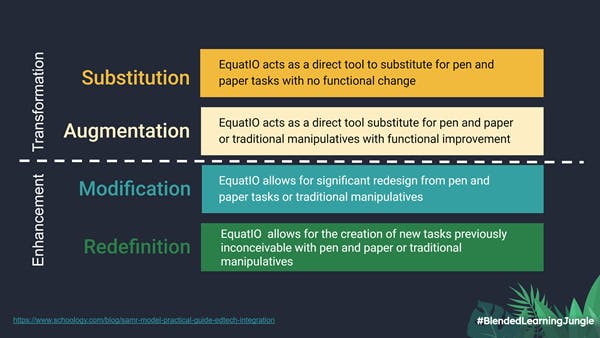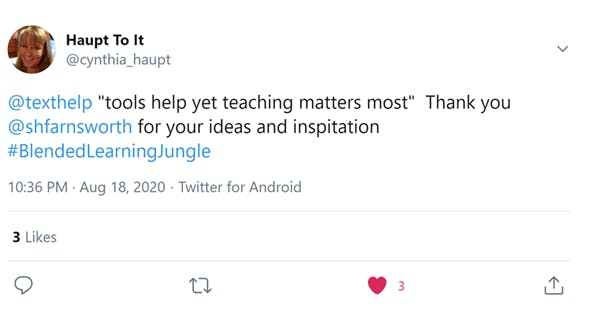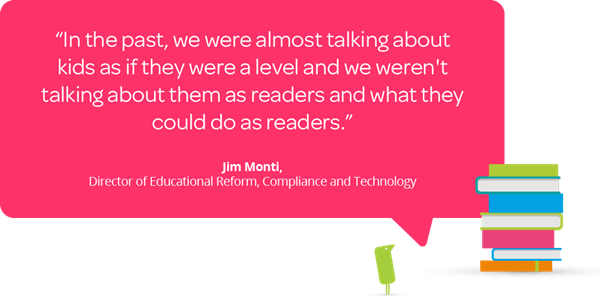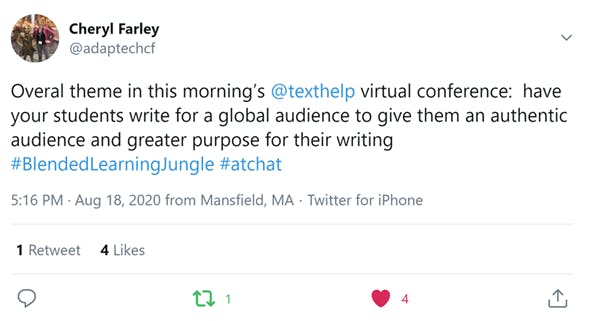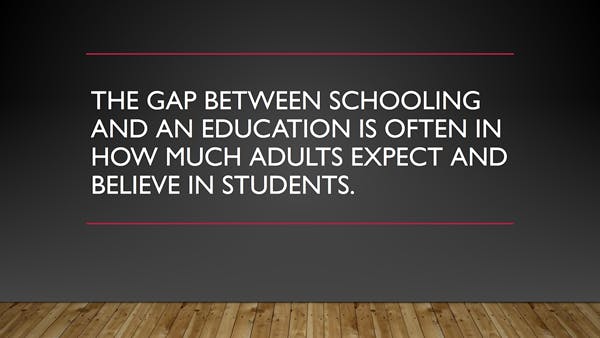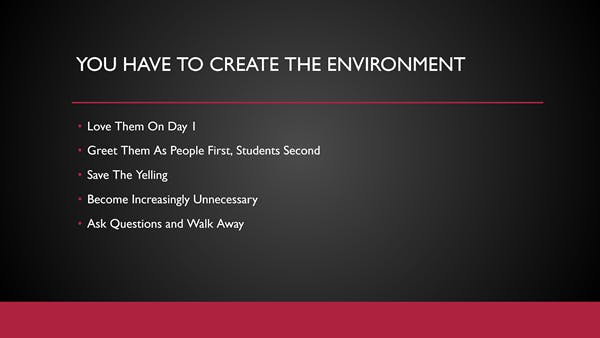Blended Learning Jungle Recap: creating meaningful learning experiences
On August 18 - 20, we hosted a virtual conference called ‘Design and Delivery in the Blending Learning Jungle. Over the course of three days and more than 16 hours of sessions on Writing, STEM and Reading, there was a lot of information for our attendees to take in. With a focus on helping teachers prepare for remote or hybrid learning, many speakers talked about the right technology to engage students. But, through these discussions, another important message emerged: no matter what technology you do (or don’t) use, teachers must ensure that learning remains meaningful.
While technology can help facilitate teaching and learning, making it meaningful is up to the teacher. As Vicki Davis from CoolCatTeacher shared in her closing keynote: “Do what you do best and let technology do what it does best”.
Technology can’t replace the understanding that teacher’s have of individual students and their unique needs, interests, challenges or goals. That relationship between teacher and student is what creates meaningful learning experiences. But technology, used correctly, can lend a helping hand, especially while learning remotely. Here are three tips to create meaningful learning experiences with technology.
Not all technology is created equal
The first tip is to understand that technology can provide different levels of value or meaning depending on how you use it. During Amy Mayer’s session on providing feedback with Google tools, she highlighted the importance of using EdTech purposefully. For example, when providing students with digital feedback, Amy has a choice. She can use technology to type a comment on the student's paper. But the problem with that is she’s just replacing one process that wasn’t really working (handwritten comments that were often ignored by students) with the same process, just in digital form. Instead, she prefers using technology to enhance the feedback. Through voice notes, Amy can connect with students on a more personal, direct level - especially when they’re not in the classroom.
When selecting and using tools, it’s important to question what value they’re adding to your instruction and to the students’ overall learning experience. We think Erica Mark’s suggestion on using the SAMR model to help guide teachers in their use of technology, both in and out of the classroom, is a great place to get started.
Teach students, not content
The second tip to create meaningful learning with technology is to go back to your original goal as a teacher. During her session on ‘The Four F’s of Distance Learning’, Tinashe Blanchet highlighted that a teacher’s role is more than simply being a context expert: “We teach students, not content.” Or as our writing keynote Shaelynn Farnsworth put it, “Teach the writer, not the writing”.
Through these messages, attendees were reminded that it’s not what they’re teaching that matters most or even what tools they’re using for instruction. What matters is the individual students, each of whom are on their own learning journeys. What’s more, this refocus on the student can help you determine what tools you need to better support your students’ learning.
This was demonstrated by Jim Monti, Director of Educational Reform, Compliance and Technology at West Warwick Public Schools (RI), who shared his district’s experience with technology. He showcased how his district changed the way they approached reading assessment and intervention by thinking of their students as readers, not numbers. Due to this mind shift, they were able to find the right technology to support them in their commitment to help struggling readers reach their full potential.
Make learning authentic
The final tip is to make sure that the learning is authentic. If you use technology to create authentic experiences, you can provide students with meaning and greater purpose for their work.
Tinashe summed it up nicely when asked how to keep kids accountable during this time of remote learning, "We need to shift our focus away from accountability to authentic learning”, even when we're back to "normal". Learning shouldn’t be about checking the boxes. It should be about helping students prepare for challenges and opportunities they’ll find in the real world.
Jose Vilson explored the techniques he uses to teach authentically during his keynote on creating equity in the math classroom, highlighting the difference between schooling and an education.
For Jose, math frameworks can help teach students about so much more than just math. By understanding his students and providing context to his teaching, Jose is able to create relevance for students, help them engage more meaningfully in what they’re learning, and create an environment where they can explore and grow.
------------------------------------------
With most teachers and students already back to school, we know that your own development and progress as an educator doesn’t stop at the end of Summer! So we want to leave you with another quote from Vicki Davis, "Innovate like a turtle and level up everyday!”
Let us know some of the ways you’re using technology to create meaningful learning experiences for your students this year by leaving us a comment below.

